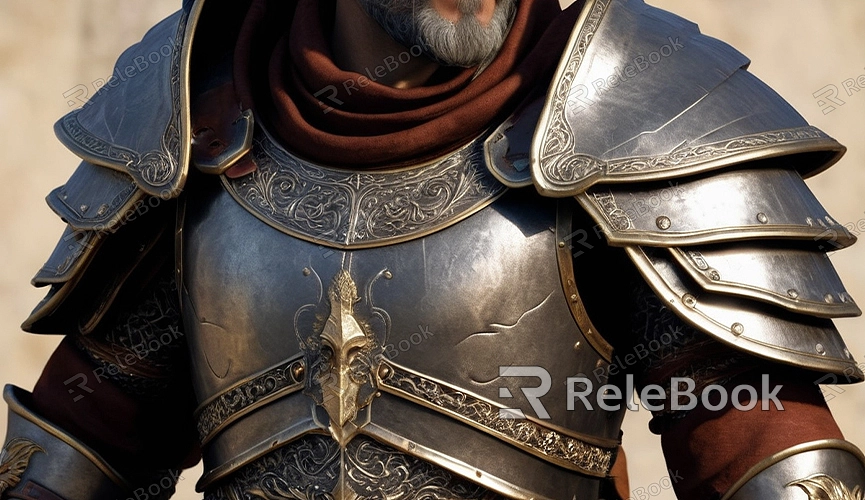Blender How to Texture Hair for Men
Texturing hair for men in Blender is a crucial skill that enhances the realism of 3D models and gives characters unique personality and style. This guide will show you how to texture male hair in Blender, helping you create outstanding 3D artworks.
1. Preparation
First, ensure you have Blender installed and are familiar with its basic operations. Open Blender and import your 3D model. Make sure the model has a basic hair structure, which can be created using Blender's built-in hair particle system or other third-party plugins.

2. Creating the Hair Particle System
In the "Particle Properties" panel, click the "+" button to add a new particle system, and choose "Hair" as the particle type. Adjust the hair length, density, and shape to match the natural appearance of male hair. You can control the overall look of the hair by tweaking the parameters in the "Emission" options.
3. Adding Materials
In the "Material Properties" panel, create a new material for the hair. Choose "Hair BSDF" as the base shader. This shader is specifically designed for rendering hair and provides a more natural lighting effect. Adjust the color, shininess, and roughness of the Hair BSDF to make the hair look more realistic.
4. Texture Painting
To add depth and detail to the hair, you can apply a texture. In the "Texture Properties" panel, click "New" to create a new texture, then choose "Image or Movie" as the texture type. Import your prepared hair texture image, which can be downloaded from the internet or created using professional texture-making software.
5. UV Unwrapping
To ensure the texture is applied correctly to the hair, you need to UV unwrap it. In "Edit Mode," select the hair model and press "U" to open the UV mapping options. Choose a suitable unwrapping method. Then, in the UV editor, adjust the UV coordinates to align with the texture image.
6. Adjusting Texture Mapping
In the "Shading" panel, use the node editor to further adjust the texture mapping. Connect the "Image Texture" node to the input of the "Hair BSDF" shader, then adjust the texture's scale, rotation, and translation parameters to make the texture appear more naturally on the hair. You can also add a "Mix Shader" node to blend different textures, creating more complex effects.
7. Lighting and Rendering Settings
To ensure the hair texture looks great in the final render, set up appropriate lighting. In the "World Properties" panel, adjust the environment lighting color and intensity. You can use an HDRI image as an environment light source for more realistic lighting. In the "Render Properties" panel, select the Cycles renderer and adjust settings like sample count and light bounces to improve rendering quality.
8. Post-Processing
After rendering, use Blender's built-in compositor or other image editing software for post-processing. Adjust color, contrast, and sharpness to make the hair look more natural and vivid. You can also add effects like glow and blur to enhance the overall look.
Texturing male hair in Blender requires some skill and experience, but by following these steps, you can gradually master this technique. Whether creating game characters, animated figures, or static art pieces, mastering hair texturing will significantly enhance the quality of your 3D work. If you need high-quality 3D textures, HDRIs, or 3D model downloads for your modeling and virtual scenes, you can download them from Relebook and directly import them into your models for immediate use.

